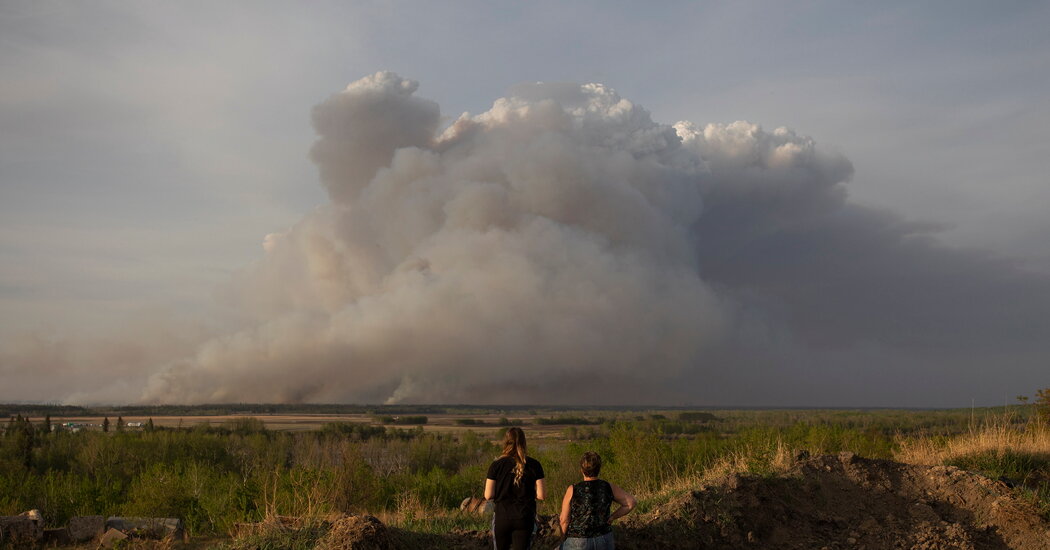Carbon emissions from forest fires increased more than 60 percent globally over the past two decades, according to a new study.
Forests not only serve as refuges from city life, but could also be the last fortresses between a livable planet and an increasingly hostile one.
Forests can pull carbon from the air and store it in roots and leaves, locking it out of the atmosphere. Through complex markets, nations can bank trees to lower their greenhouse gas emissions while continuing to use fossil fuels, the root cause of climate change.
But those forests are burning up. Global carbon emissions from forest fires have increased 60 percent since 2001, according to a new study published Thursday.
“We had to check the calculations because it’s such a big number,” said Matthew Jones, the lead author of the report and a physical geographer at the University of East Anglia in England. “It’s revealed something quite staggering.”
The study, published in Science, used machine learning to group the world’s forest ecosystems into 12 categories. Each kind of forest reacted differently to a combination of drivers that can influence how fires start and how severe they become, including global warming, along with changes in land use and vegetation growth.
Burning boreal forests, largely in the colder climes of Canada and Siberia, were by far the biggest contributors. Researchers revealed that one type of boreal forest almost tripled its annual carbon emissions between 2001 and 2023.
